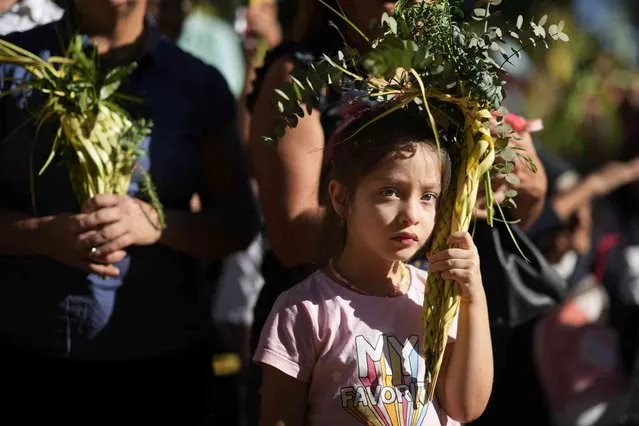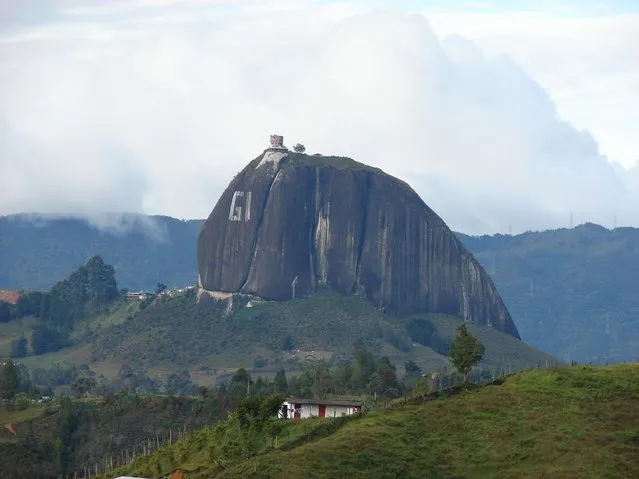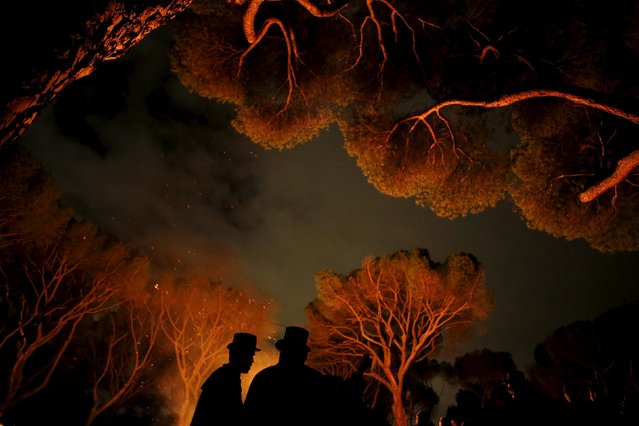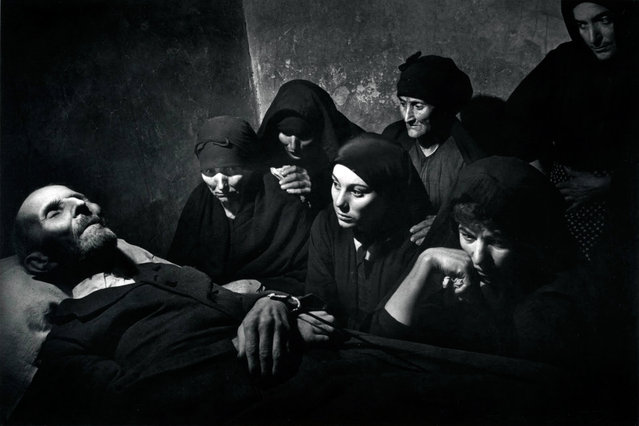
Penitentiary system guards carry an inmate with symptoms related to the novel coronavirus at the COVID-19 unit of San Juan de Dios hospital in Guatemala City on July 13, 2020. (Photo by Johan Ordonez/AFP Photo)
16 Jul 2020 00:03:00,post received
0 comments






